Wild privet, also known as Amur, Common Privet, Ligustrum, Privet, or Wax-leaf, is a woody shrub native to Eurasia and a member of the Oleaceae family, species japonicum. Widely cultivated as an ornamental plant, it is notable for its role in traditional English hedgerows, although it has been largely replaced by more evergreen alternatives.
This shrub is recognized for its decorative flowers, which unfortunately produce an unpleasant odor. While its small black fruits are toxic to humans, they serve as a food source for birds, aiding in seed dispersal and contributing to its invasive tendencies in some regions. Wild privet thrives in various environments, but its ability to spread rapidly has led to it being labeled invasive in certain areas.
| Common name | Amur, Common Privet, Ligustrum, Privet, Wax-leaf |
| Botanical name | Ligustrum vulgare |
| Family | Oleaceae |
| Species | japonicum |
| Origin | Eurasia |
| Life cycle | Woody |
| Plant type | Houseplant |
| Hardiness zone | 4, 5, 6, 7 |
| Sunlight | Full Sun |
| Maintenance | High |
| Soil condition | Clay |
| Drainage | Well-Drained |
| Growth rate | Fast |
| Harvest time | Fall |
| Flowering period | Summer |
| Flower color | White |
| Leaf color | Green |
| Fruit color | Black |
| Stem color | Brown, Copper |
| Fruit type | Drupe |
| Fruit benefit | Showy |
| Toxicity | Poisonous |
I. Appearance and Characteristics
Ligustrum vulgare (wild privet, also sometimes known as common privet or European privet) is a species of Ligustrum native to central and southern Europe, north Africa and southwestern Asia, from Ireland and southwestern Sweden south to Morocco, and east to Poland and northwestern Iran.
It is a semi-evergreen or deciduous shrub, growing to 3 m (rarely up to 5 m) tall. The stems are stiff, erect, with grey-brown bark spotted with small brown lenticels. The leaves are borne in decussate opposite pairs, sub-shiny green, narrow oval to lanceolate, 2–6 cm long and 0.5–1.5 cm broad. The flowers are produced in mid-summer in panicles 3–6 cm long, each flower creamy-white, with a tubular base and a four-lobed corolla (‘petals’) 4–6 mm diameter. The flowers produce a strong, pungent fragrance that many people find unpleasant. The fruit is a small glossy black berry 6–8 mm diameter, containing one to four seeds. The berries are poisonous to humans but readily eaten by thrushes, which disperse the seeds in their droppings.
Wild privet leaves and berries are packed with saponins and glycosides. They are inedible, nasty-tasting, and wreak havoc on the digestive tracts of humans. Keep an eye on small children and cognitively disabled people around them. Symptoms include diarrhea, vomiting, sore bowels, colic, sore throat and colon, and severe nausea. This gastroenteritis generally lasts a few days. In humans, they usually just cause misery. Keep children away from this plant.
Plants from the warmer parts of the range show a stronger tendency to be fully evergreen; these have sometimes been treated as a separate variety Ligustrum vulgare var. italicum (Mill.) Vahl, but others do not regard it as distinct.
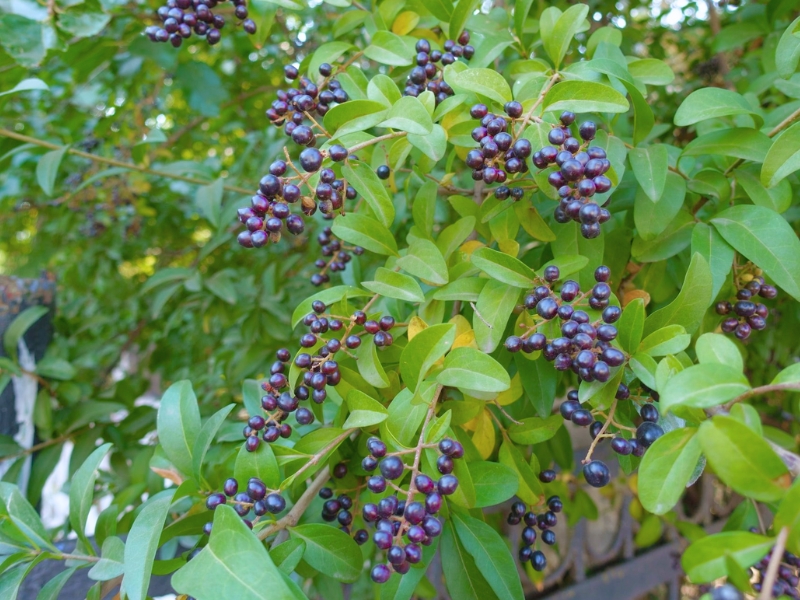
II. How to Grow and Care
Sunlight
Wild privet likes sufficient sunlight and can tolerate some shade. It is best planted in a location that avoids shade from tall trees or buildings.
Temperature
Wild privet prefers a warm, moist environment. It has some drought tolerance and has no requirement for air humidity. However, when soil moisture content is less than 9%, wild privet appears to grow slowly or reduce the number of branches, leaves, flowers and fruits. It grows best in temperatures between 20 to 30 ℃, but is hardy enough to tolerate temperatures around -12 ℃.
Watering
Wild privet thrives in conditions that mimic its native habitat, which is often characterized by moderate humidity. This species has a preference for consistent moisture but can tolerate short periods of dryness, indicating a balance in its water needs. For optimal health, wild privet should be watered once every 1-2 weeks, allowing the soil to dry slightly between watering sessions. Commonly grown outdoors, wild privet benefits from mulching to retain soil moisture and regulate temperature, ensuring it receives adequate water without becoming waterlogged.
Soil
Wild privet grows well in slightly acidic to slightly alkaline soils, with a suitable pH range of 6-7.5. It is best planted in deep, fertile, humus-rich, well-drained sandy loam or clay. It is very adaptable to soil and has a certain tolerance to salt and alkali. It is not picky about soil as long as the soil is slightly moist and not dry or wet.
Fertilizing
For optimal growth, wild privet benefits from balanced nutrition fertilizers (e.g., 10-10-10) applied in early spring and high nitrogen formulations during active growth phases. Fertilize once a year, adjusting for rainfall and soil fertility. Over-fertilization can damage roots and diminish flowering, so adhere to a 2 ounces per square yard rate. Seasonal adjustments promote vigor and dense foliage. Incorporate granular fertilizers into the soil near the drip line and water thoroughly post-application to prevent root burn and ensure nutrient absorption.
Pruning
Wild privet branches grow very fast, and need to be pruned 2-3 times a year. As a shrub, it can be pruned into various shapes. In summer, cut off branches that hinder the normal growth of the main branch, including unnecessary, messy, diseased, weak, and downward- or inward-growing branches. Prune again in winter and cut the main branch slightly shorter. Excessive pruning can cause slow growth or even death, so prune judiciously.
Propagation
Wild privet is ideally propagated during Autumn and Winter through methods such as cutting and layering. This plant has a moderate propagation difficulty, with successful propagation indicated by new shoot growth. Maintain a well-drained soil for optimal results.
Transplanting
The best time to relocate wild privet is during the early part of the growing season, such as early spring, when the plant is still dormant. Choose a well-draining location with partial to full sun exposure. Remember to water regularly after transplanting for a smooth transition.
Repotting
Repot wild privet biennially; spring is best when active growth resumes. Ideal as a dense bush, wild privet matures into sizable shrubs. Upsize pots to accommodate its vigorous roots while ensuring good drainage. After repotting, water sparingly and shield from direct sunlight to prevent stress. Consistent post-repotting care fosters a robust comeback and sustains wild privet’s hardy nature.
III. Uses and Benefits
Wild privet is a common shrub in southern England and Wales for use as a hedgerow. Its quick, dense growth makes it an ideal candidate for border gardens, and its dark green foliage and delicate white flowers provide visual appeal. Wild privet works well planted alongside weigela plants, maiden grass, and spirea.
IV. When to Tackle Invasive Privet
When you grow a common privet, bear in mind that it is considered invasive in certain states. Indeed, the nickname ‘invasive privet’ is often used. It can escape its place in home landscapes and has naturalized in the wild. Wild birds which eat the berries also contribute to spreading it far and wide.
The fact that it is so tolerant when it comes to sunshine, soil and drought means that it can easily flourish in many places. This is part of the reason common privet has been able to colonize disturbed areas, forests and grasslands. Regular maintenance is the best way to prevent these shrubs from taking over.
V. How to Keep Common Privet under Control
This shrub does accept a severe pruning. However, although you can prune privet hedges, this won’t always be enough. Common privet is a suckering shrub and grows into dense stands. If you need to prevent its spread, you will also need to control this shrub at the root level. Remove suckers as soon as you see them, wherever you wish to keep the plant in check.
Removing a common privet hedge completely is not an easy thing to do. The best way to attempt this is to dig out the shrubs by the roots.
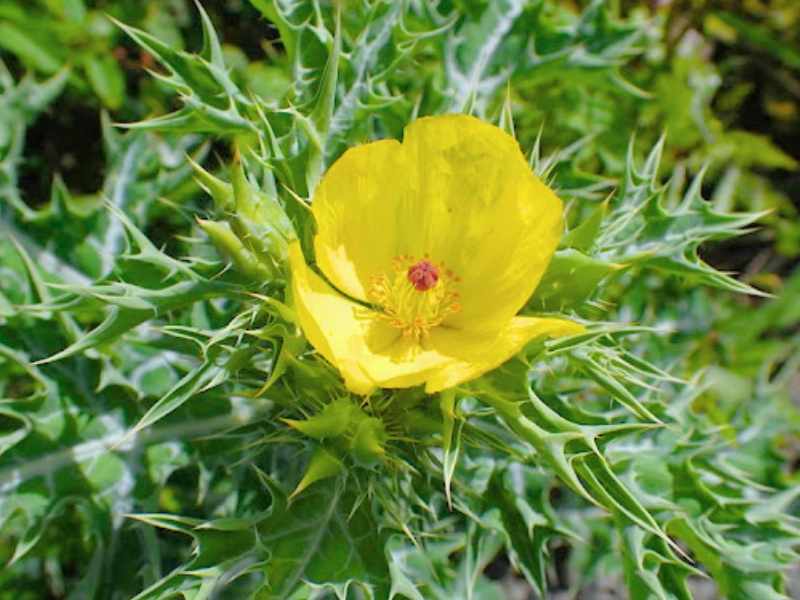
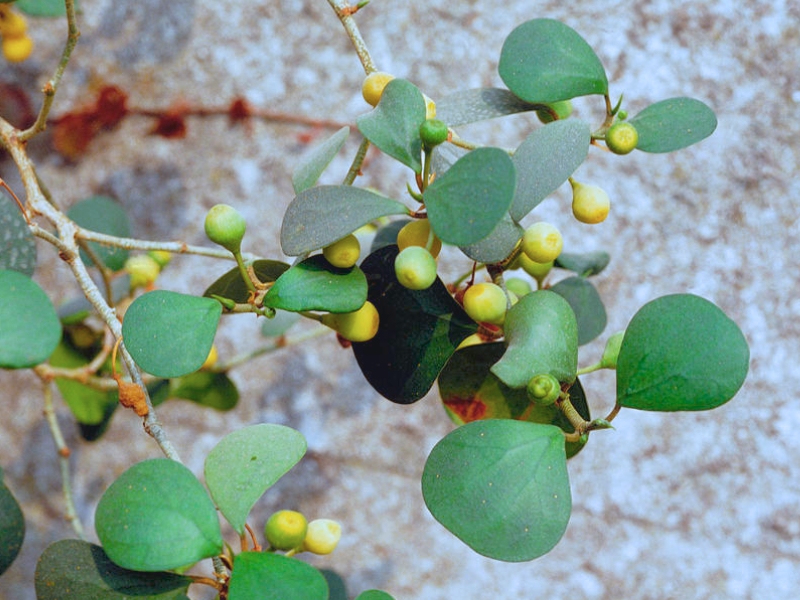
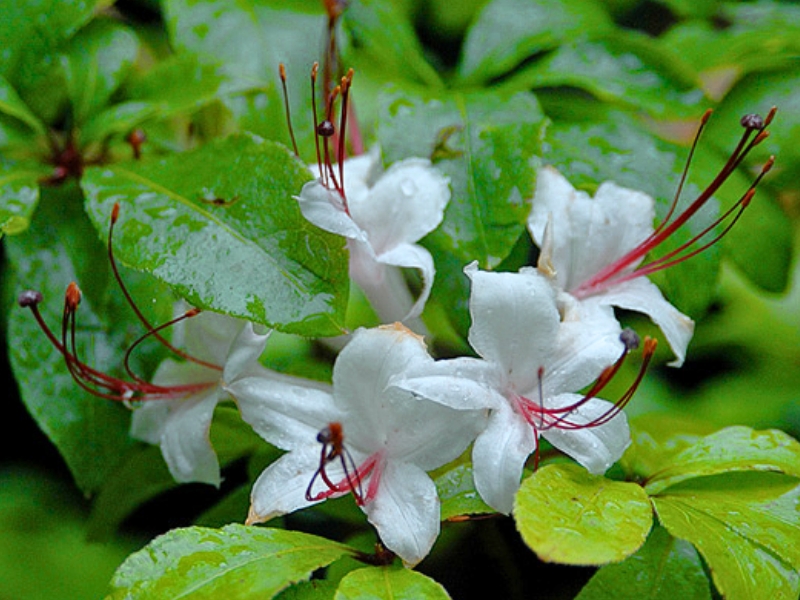
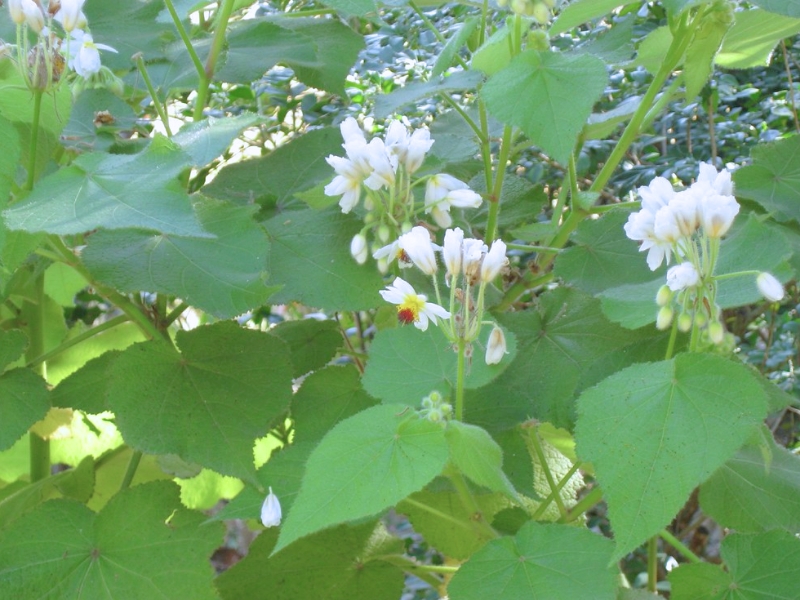
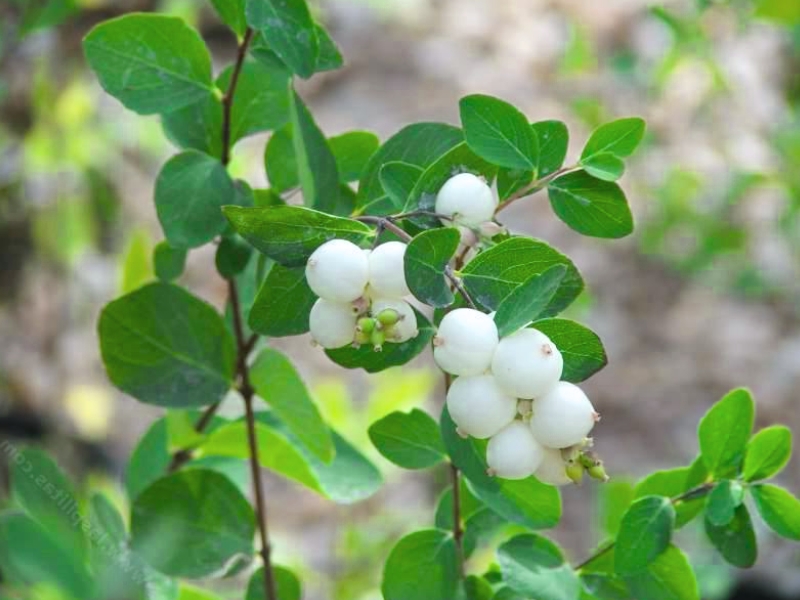
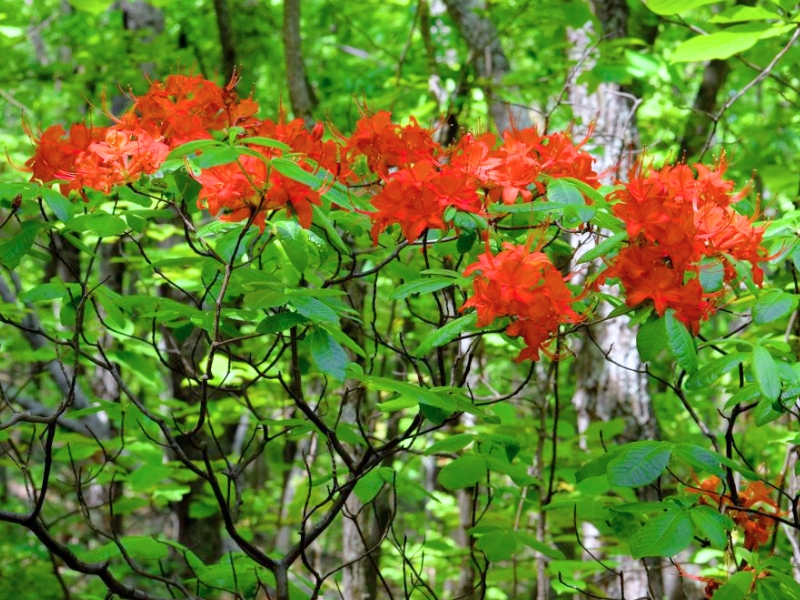
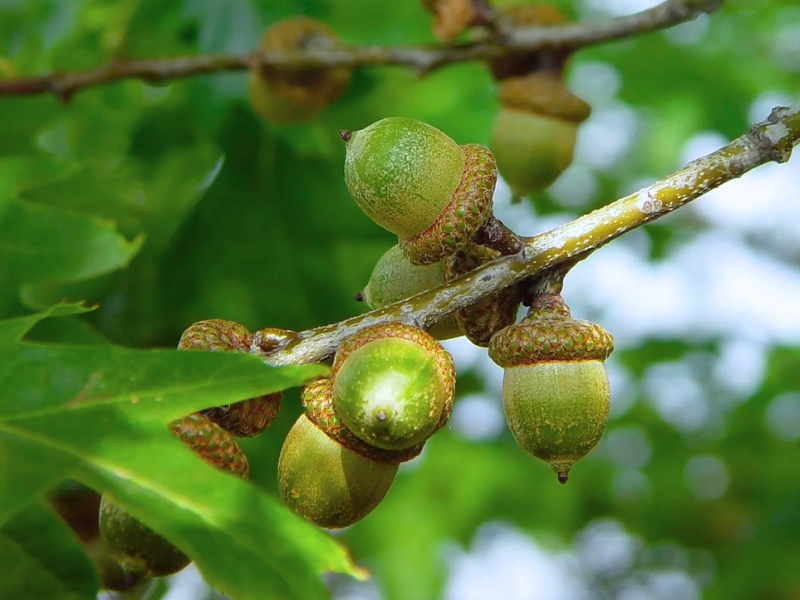
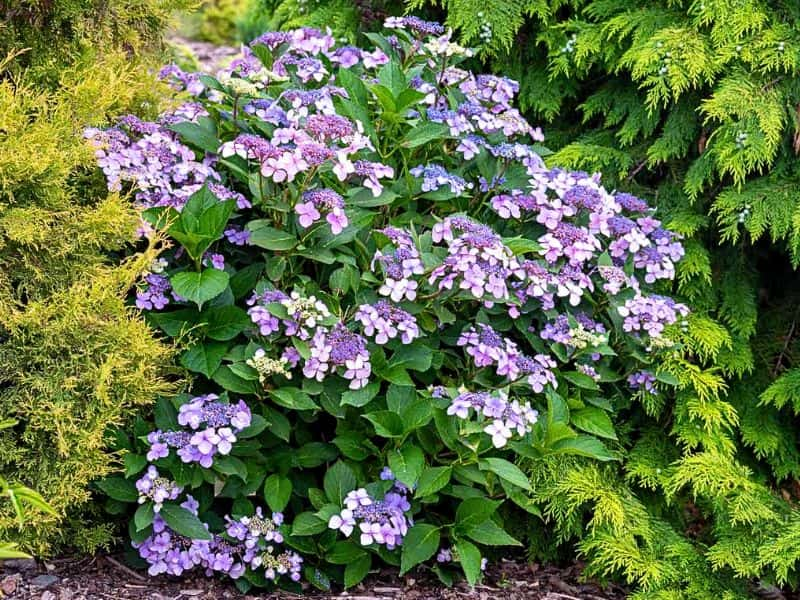
Leave a Reply